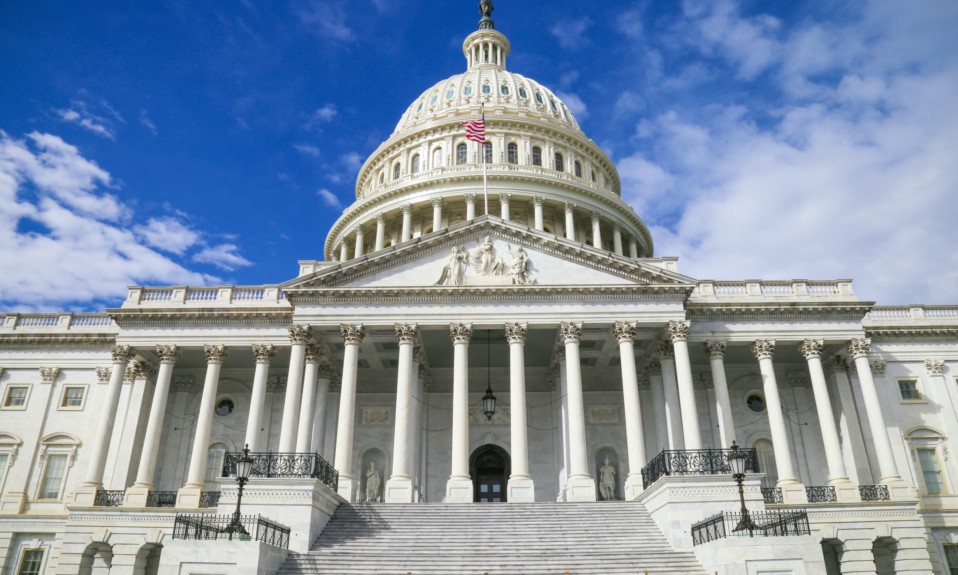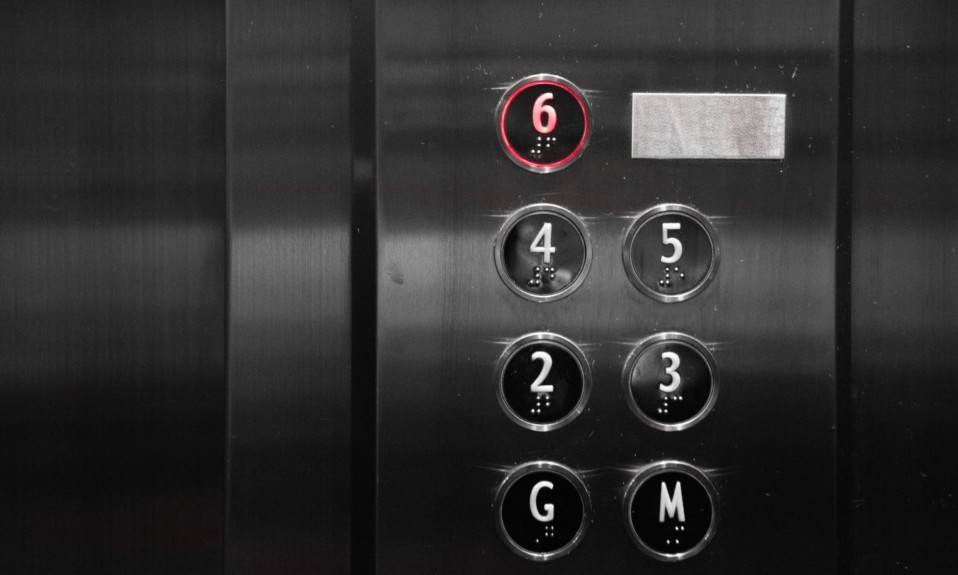| Addiction Treatment Industry Newswire |
| 07/18/2013 –ATIN – Primary care doc diagnoses of substance abuse problems, a finding that a patient is possibly addicted to a mood altering substance, is skyrocketing, rising by 70 percent in the two-year period ending in 2009 from a previous two-year period five years earlier to 18 million visits, according to a couple of major nationwide studies. Over the same span, the number of visits including a diagnosis of opioid painkiller abuse, in particular, increased almost six-fold, from almost 775K to 4.4M thus revealing one of the major drivers of the increased visits.
Out of Woodwork Also driving the skyrocketing incidence of treating addiction in doctor offices is the expanding knowledge on the part of consumers and availability of pharmacotherapeutic approaches to treating substance abuse, the huge blockbuster drug Suboxone being the prime example. This has tended to pull addicted individuals out of the woodwork, people who otherwise were not seeking care despite their substance issues, and into doctor offices. The long-acting naltrexone – approved for opiates and alcohol anti-craving – VIVITROL branded drug is often also used an example of the new pharma approach, but the drug has been a huge failure for its developer Alkermes which spent $25OM on marketing and has barely been able to push annual sales above $40M. The total number of addicted Americans was estimated at 22.5M, which validates the notion that consumers are increasingly seeking care as opposed to the incidence of addiction increasing because the study total is similar to the 20M-25M total addict number long estimated by SAMHSA. New Drugs And the rate at which doctors are prescribing meds for addicts is skyrocketing as well, rising to nearly 4M prescriptions in the two-year time span from just over 600K in the previous span five years earlier. Seeking to cash in on this trend the number of drugs in the addictions pipeline is also skyrocketing, with many dozens of compounds in some form of commercial development. Those that are closest to FDA approval tend to be based on buprenorphine, which is the partial agonist opiate active ingredient used with such big success by Reckitt Benckiser in its Suboxone blockbuster drug. One drug that has just been approved in recent weeks, one of perhaps just half a dozen ever to be specifically approved by the FDA to treat substance abuse, is Orexo’s Zubsolv branded buprenorphine/naloxone sublingual tablet that Orexo will launch in September, which Orexo says consumers prefer because it dissolves faster and has a mint taste, among other things. An innovative drug that has been approved overseas is Lofexidine, which is a non-opiate therapy that works to calm common opioid withdrawal symptoms the U.S. rights to which have recently been acquired by Louisville-based US WorldMeds. Business Opportunity The study confirms what many have long thought, which is that addiction diagnoses have become a huge business opportunity for long struggling primary care docs, who have seen their reimbursements wallow in comparison to more highly paid specialist physicians. Entrepreneurial ventures, such as CleanSlate in Massachusetts and many others elsewhere, are allying themselves with primary care doc talent and consolidating doc offices as well as opening new ones with a specialty focus in ambulatory medicated-assisted addiction treatment and detox. These ventures could down the road become huge competitors with traditional outpatient and inpatient addiction treatment services providers, becoming highly disruptive while upending traditional care models. POST YOUR COMMENTS BELOW… start a debate! Got Addiction News? …TELL US! |













